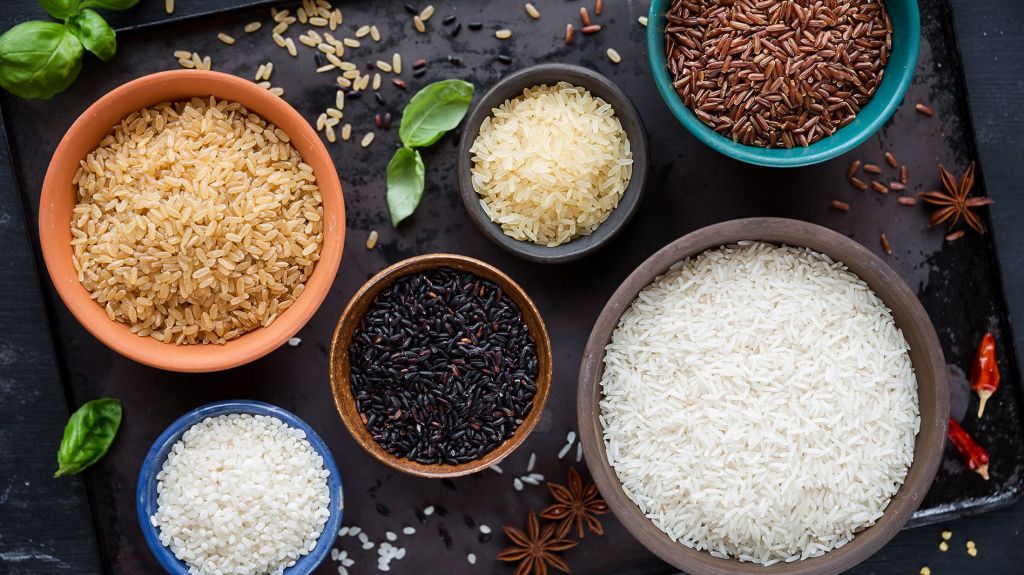
Rice is a staple food for millions worldwide, but it is often criticised for its impact on blood sugar levels. White rice, in particular, has a high glycaemic index (GI), meaning it can cause spikes in blood sugar, which is a concern for people with diabetes or those looking to maintain stable energy levels.
However, there are simple ways to modify how you prepare and consume rice to make it more blood sugar-friendly. Here are three effective methods to enjoy rice without the unwanted sugar spikes.
1. Pair Rice with Fibre-Rich Foods
One of the easiest ways to reduce rice’s impact on blood sugar is to eat it with high-fibre foods. Fibre slows down digestion and the absorption of carbohydrates, preventing rapid spikes in blood sugar. Instead of eating plain rice, try pairing it with:
Leafy greens like spinach or kale
Fibre-rich vegetables such as broccoli, carrots, and bell peppers
Legumes like lentils, beans, or chickpeas
Healthy fats like avocado or nuts
By adding these fibre-rich foods to your meal, you lower the overall glycaemic response and make the meal more balanced.
2. Cook and Cool Rice Before Eating
Did you know that the way you prepare rice can affect its impact on blood sugar? Cooking rice and then allowing it to cool before eating can increase its resistant starch content. Resistant starch is a type of carbohydrate that acts more like fibre, meaning it digests more slowly and has a lower impact on blood sugar levels.
ALSO READ: 5 common mistakes people make when cooking rice
To try this method:
Cook rice as usual and let it cool for at least 12 hours in the refrigerator.
Reheat before eating, or enjoy it cold in dishes like rice salads.
Research suggests that reheated rice retains its resistant starch, making it a simple and effective way to improve its blood sugar-friendliness.
3. Choose Brown, Black, or Wild Rice Over White Rice
Not all rice varieties have the same effect on blood sugar. Whole grain options like brown rice, black rice, or wild rice contain more fibre, vitamins, and minerals than white rice. Because of their fibre content, they digest more slowly, leading to a more gradual rise in blood sugar.
EXPLORE: What's The Healthiest Rice? Brown Rice And White Rice Face Off
Brown rice retains the bran and germ, making it higher in fibre and nutrients.
Black rice is packed with antioxidants that support overall health.
Wild rice has a lower carbohydrate content compared to white rice, making it a healthier choice.
Switching to these rice alternatives can make a noticeable difference in managing blood sugar levels while still allowing you to enjoy rice as part of your diet.
Rice doesn’t have to be off-limits if you're mindful of blood sugar levels. By pairing it with fibre-rich foods, using the cook-and-cool method to increase resistant starch, and opting for whole grain varieties, you can enjoy rice more healthily.
Small changes in how you prepare and consume rice can go a long way in making it a more blood sugar-friendly part of your meals.
RECOMMENDED: Purple rice and 5 other types of rice you've probably never heard of